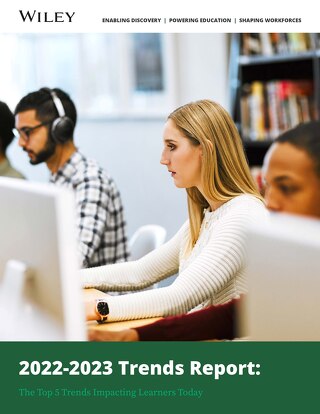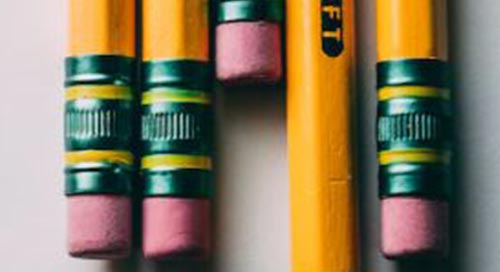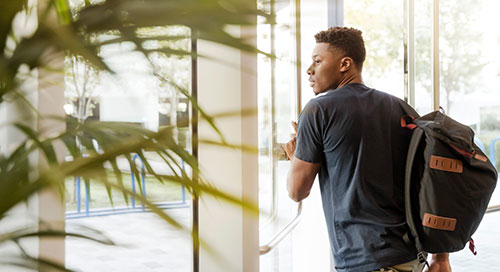13-steps-to-better-collaboration-for-researchers
August 07, 2019
The easiest way to collaborate is to appreciate! So many researchers do not get recognition for high quality work. And, the same is true for would-be researchers because they’re not always encouraged or guided to publish. So, a few words of appreciation can go a long way. Gaining perspective on other research can also help to formulate new combinations of innovative research that will attract both quality researchers and top publishers. Perseverance helps, too.
Here is a baker’s dozen list of some of the methods that I have used to achieve collaboration and open the door to new opportunities:
- Sit under a mentoring professor and learn to love the grunt work. Remember, those who are faithful in little things will move on to greater responsibilities.
- Recognize the people on your dissertation committee.
- Produce a consistent stream of publications for visibility.
- Add professional profiles on social media and academic websites.
- Find discussion groups relevant to your research interest online and in person.
- Respectfully participate in social media discussions.
- Be discerning about publishing and conference invitations (verify the credentials and affiliations).
- Upgrade your proficiencies in various software and statistical analyses.
- Engage in continuous learning to capture new information and trending topics.
- Become aware of specific university programs other than your own that pertain to your specific areas of research.
- Search theses/dissertations at specific institutions for potential opportunities to join forces or share data and other resources.
- Acknowledge good work and be willing to mentor graduates without publishing experience.
- Don’t be afraid to ask.
Open for Opportunity
Most recent graduates are understandably exhausted after completing their thesis/dissertation. But, seeking avenues to publish results or your entire dissertation as a monograph, or portions thereof, can be pivotal in propelling you into the throes of collaborative research. My specialized training in biomedical engineering technology led to my dissertation and publication of two books on health acquired infections related to medical devices. This set the stage for other opportunities for biomedical books. I am grateful to my acquisitions editor for encouraging me to submit a proposal after she reviewed my information on LinkedIn. I would suggest maintaining a highly professional profile on various social media and academic websites so that skills can be visible to those seeking contributing authors or editors. My book entitled, “Managing Medical Devices within a Regulatory Framework” achieved the Top 10 in 3 genres (Medical Technology, Commercial Business Law, and Biotechnology) and further expanded my reach into other areas of interest. Being able to cross disciplines is important to growing novel concepts for publication.
Finding Collaborators
I acquired contributors to my current book by using both traditional and less traditional methods. These included recruiting candidates from the university where I received my PhD, obtaining referrals from colleagues, and asking individuals with shared research interests on social media. All good researchers have to keep their eyes and their minds open. I recruited one team member because we both responded to the same discussion string and his answer was interesting to me. Another was a member of the group following my research project, who had the necessary skills to handle a topic when an author withdrew due to other pressing priorities. Taking the time to post research items in progress (without giving up specific information to maintain project confidentiality) is another way I’ve found great lead authors across the globe.
Building Bridges to Collaboration
Most of my collaborations did not expressly set out with the objective to recruit, but to engage and to learn. I was so impressed by Valeria Costantini and her co-author Dr. Monni that I contacted her to tell her that I’d used one of her papers to create a presentation during my doctoral program. She was delighted to hear from me, receive the presentation, and learn that her paper was being used as a classroom example. I was equally excited a decade later to ask if she would co-author a revamped version of that presentation as chapter 1 in the book I was working on at the time. Not only was she happy to do so, but she also contributed another chapter.
Collaborations result from participation, appreciation, recognition, and dedication. Investing time in people is one key to opportunity.
What methods do you use to foster collaboration? Share your thoughts in the comments below.









